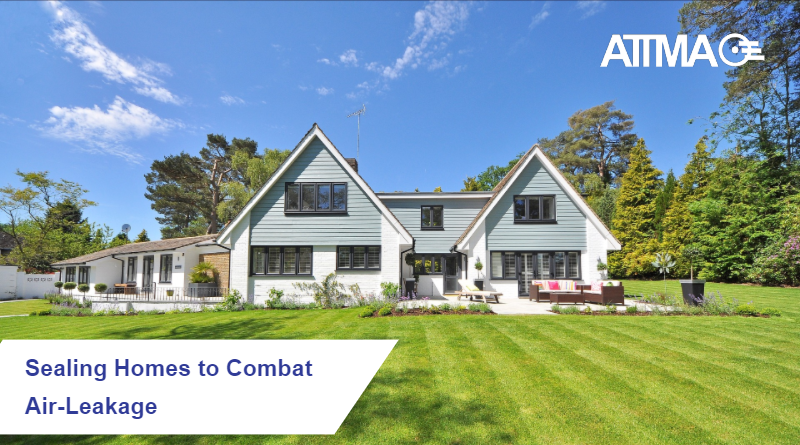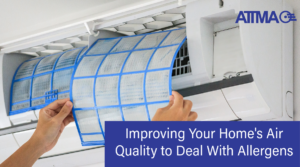The Australian Government has published guidance for homeowners in Australia to seal their homes in order to reduce air leakage and therefore make the building more energy efficient. The following comes from the article
“Air Leakage can account for 15-25% of heat loss in the winter and can also contribute to the loss of coolness that is generated by air conditioners as well. However, having tight sealing and increased insulation levels can create problems with condensation.
Air Leakage can occur through unseal or poorly sealed doors and windows, poor design of airlocks, unsealed vents, skylights and fans, gaps in or around ceiling and wall insulation and penetrations, poorly fitted floorboards. The gaps in insulation can cause both draughts and condensation.
National Building Regulations (Building Code of Australia) have set mandatory minimum comfort levels since 2013 and this had led to an improvement of sealing homes. Air tightness standards are not mandated however, even though additional sealing can delivery cost effective results in most climates. The best time to air seal a property is when the property is being construction or renovation.
Air-Leaks
Leaks can be detected in milder climates by houseowners, however if cooler climates identifying and accurately measuring the air leakage would be beneficial. This would be through doing a blower door test which would be able to measure the air tightness of a building.
Air leaks need to be fixed as they are year round issues. The building envelope will be looked at first to use airtight construction detailing at wall and ceiling junctions. There could also be a design to control the ventilation too and seal junction and gaps between components.
Another way to reducing air leaks is to have well made windows and doors and if this isn’t possible improvement needs to be made to existing windows and doors by using draught proofing.
Vents and penetration need to be looked at next. Open vented downlights need to be avoided or replaced. In-ceiling downlights could be replaced with downlights or up-lighting. Electrical outlets are a common source of leaks. These are hard to fix as sealing outlets would mean that they’re difficult to remove for maintenance.
Condensation
Condensation in homes can be a massive problem if the right ventilation is not managed in homes. This is due to the increase insulation which means warm air in the house which then means water vapour needs to be extracted. Ventilation also helps extract the build up of gases and toxins which needs to be removed too.
In summary, by using the correct techniques to remove the correct amount of water vapour will make sure that condensation isn’t a problem, whilst also making sure air leakage is kept to a minimum.”
For more information visit – http://www.yourhome.gov.au/passive-design/sealing-your-home
Click here to view our members based in Australia





